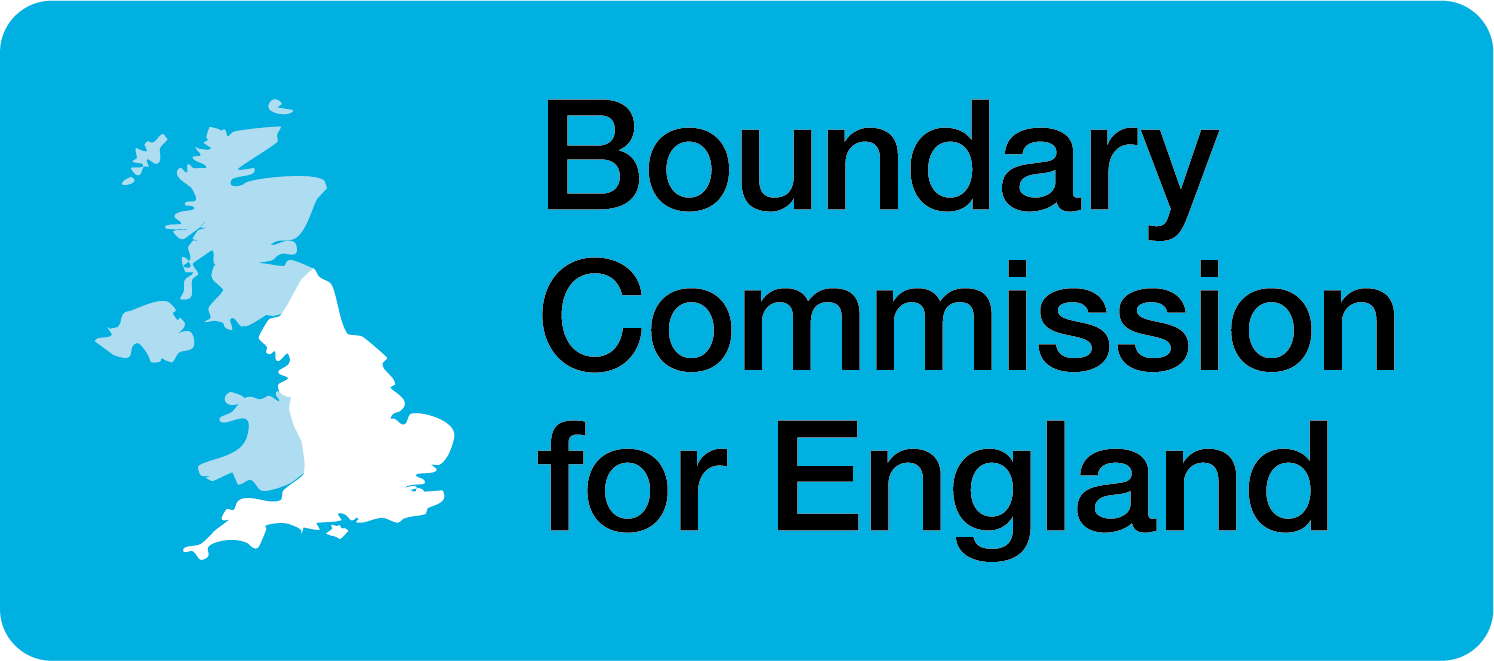The consultation’s closed – what next?
Just over 12 weeks ago, back in September, we published our initial proposals showing for the first time changes that might be made to parliamentary constituencies across England. This also marked the beginning of our consultation, during which the public could tell us what they did and didn’t like about our proposals.
The consultation came to an end last Monday. Over the 12 weeks it was open we received thousands of comments – almost 1,200 people came and spoke to us in person as we travelled round the country hosting public hearings; over 15,000 comments were submitted through our website, and on top of that we’ve received over 2,000 emails and letters. We’re really pleased with the response – the representations made have given us a much better idea of how local communities live and work together across the country, what’s important in different areas, and just how passionate the public are about these ties.
I was at a number of the public hearings and enjoyed meeting people who live in the areas we’re looking at, it helped bring our proposals to life and show how they could affect local communities. There were some very strong feelings in certain areas, which our assistant commissioners will consider carefully in the coming months before deciding whether, and where, our current proposals should be revised. It was also great to see a lot of people taking the time to come and tell us they thought we’d got it right! This is just as important to us – if we don’t hear that support we could end up changing our initial proposals against local wishes.
But what happens next? My team has already started looking through all the submissions to get an idea of what’s being said in each region. As you can imagine, with over 17,000 comments and more than 25 campaigns and petitions, this is a big task but we’ll be working hard to get through them all so everything we’ve received can be published in spring 2017. This will be your chance to look at everyone else’s comments as well, and tell us what you think of other people’s ideas. For instance, if there’s a counter-proposal from the local council that you think is a good alternative to our idea you’ll be able to comment in support. Equally, if you see a proposal that you disagree with you’ll be able to tell us why.
Once that four-week consultation closes, our assistant commissioners will look through all the comments received during both consultations – they’re already raring to go having heard from so many people at the public hearings. With the help of my team, they’ll look carefully at all the evidence submitted and consider all the arguments made, including where there is support for the initial proposals, before making recommendations about where they think the Commission should revise the initial proposals. And all of this will be based on the views you’ve given us.
Revised proposals will then be published as part of a final consultation in late 2017/early 2018. This will be your last chance to comment on the proposals. Again we’ll look carefully at all the comments you make on the revisions before, with our commissioners, compiling our final recommendations ready to be submitted to Parliament in September 2018.
Our work is then done and the Review is out of our hands. Parliament will then vote on whether or not our recommended map of new constituencies should be used at the next general election after our recommendations. That final stage is some way off yet and we’ve got plenty of work to do before our final report is ready. At the moment, our proposals are still in their early stages and are likely to change somewhat over the coming year – so make sure you keep an eye out for the next two consultations and get involved to help us make our proposals the best they can be.
